About
Taira no KiyomoriTaira no Kiyomori (平 清盛?, 1118–1181) was a general of the late Heian period of Japan. He established the first samurai-dominated administrative government in the history of Japan.
After the death of his father Taira no Tadamori in 1153, Kiyomori assumed control of the Taira clan and ambitiously entered the political realm in which he had previously only held a minor post. In 1156, he and Minamoto no Yoshitomo, head of the Minamoto clan, suppressed the Hōgen Rebellion. This established the Taira and Minamoto samurai clans as the top warrior clans in Kyoto. However, their new strength in effect caused the allies to become bitter rivals which culminated three years later during the Heiji Rebellion in 1159. Kiyomori, emerging victorious with Yoshitomo and his two eldest killed, was now the head of the single most powerful warrior family/clan in Kyoto. However, his clan's power and influence in the provinces at this time is a matter of debate. Kiyomori showed mercy and exiled a few of Yoshitomo's sons, including Yoritomo, Noriyori, and Yoshitsune – a benevolence that would turn out to be the Taira clan's downfall later on.
Due to his status as the head of the sole remaining courtier/warrior clan, Kiyomori was in a unique position to manipulate the court rivalry between the retired sovereign Go-Shirakawa and his son, Nijo tenno (tenno - sovereign). Via this manipulation, Kiyomori was able to climb the ranks of government, though the majority of his promotions as well as the success of his family in gaining ranks and titles at court was due to the patronage of the retired sovereign Go-Shirakawa. This culminated in 1167, when Kiyomori became the first courtier of a warrior family to be appointed Daijō Daijin, chief minister of the government, and the de facto administrator of the imperial government. As was the norm, he soon relinquished the position and leadership of the Taira clan, with the goal of maintaining the social and political prestige of having attained the highest office in the land, but being free of the attendant duties. This had been a common practice for many years in the highest levels of Japanese government and in doing so Kiyomori was asserting what he felt was his strong position in the Kyoto government. However, many of the courtiers from traditional (non-warrior noble families) were less than pleased with both Kiyomori's attainment of the rank of Daijō-daijin and how he comported himself with regard to other high ranking courtiers.
In 1171, Kiyomori arranged a marriage between the Emperor Takakura and his daughter Taira no Tokuko. Their first son, Prince Tokihito was born in 1178. The next year, in 1179, Kiyomori staged a coup d'etat forcing the resignation of his rivals from all government posts and subsequently banishing them. He then filled the open government positions with his allies and relatives, and imprisoned the cloistered Emperor Go-Shirakawa. Finally, in 1180 Kiyomori forced the emperor Takakura to abdicate and give Prince Tokuhito the throne, becoming the Emperor Antoku.
While suffering from a fever, Taira no Kiyomori is confronted by a vision of hell and the ghosts of his victims, in an 1883 print by Yoshitoshi.With the exertion of Taira power and wealth and Kiyomori's new monopoly on authority, many of his allies, most of the provincial samurai, and even members of his own clan turned against him. Prince Mochihito, brother of Emperor Takakura, called on Kiyomori's old rivals of the Minamoto clan to rise against the Taira beginning the Genpei War in the middle of 1180. Kiyomori died early in the next year from sickness, leaving his son Munemori to preside over the downfall and destruction of the Taira at the hands of the Minamoto in 1185. Legend has it that at the time of his death, Kiyomori's fever was so high that anyone who attempted to even get near him would be burned by the heat & his corpse had to be left to cool for several hours before it could be removed.
Taira no Kiyomori is also the main character in the Kamakura period epic, the Tale of Heike.
In video games, Kiyomori appears in Warriors Orochi: Rebirth of the Demon Lord fighting for Orochi's army and using prayer beads as weapons.
Kiyomori also features prominently as a sympathetic villain in Osamu Tezuka's Phoenix series in the first half of the ninth volume, Turbulent Times (retitled as Civil War in English), another Genpei War epic. Like most villains in the series he desires the titular bird for its immortality granting blood, due to his desire to continue to lead & protect the Taira clan & lack of confidence in his successors, but winds up being tricked into buying an imported Peacock instead


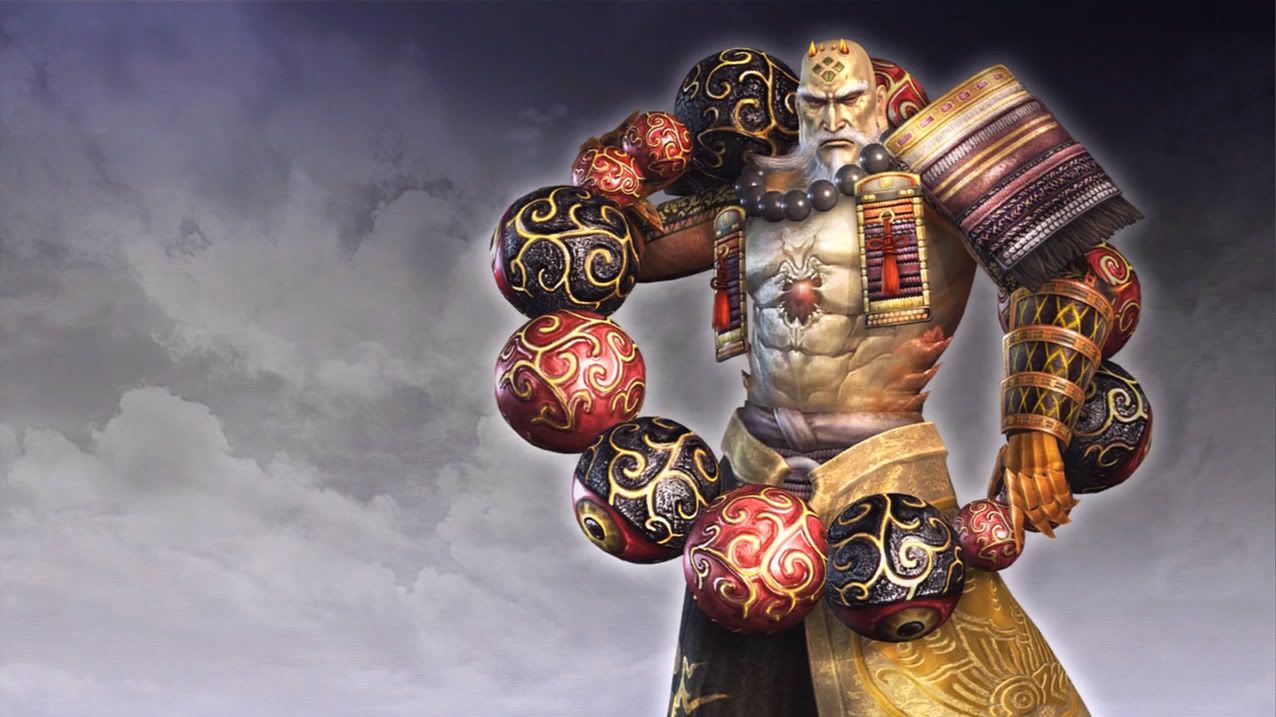
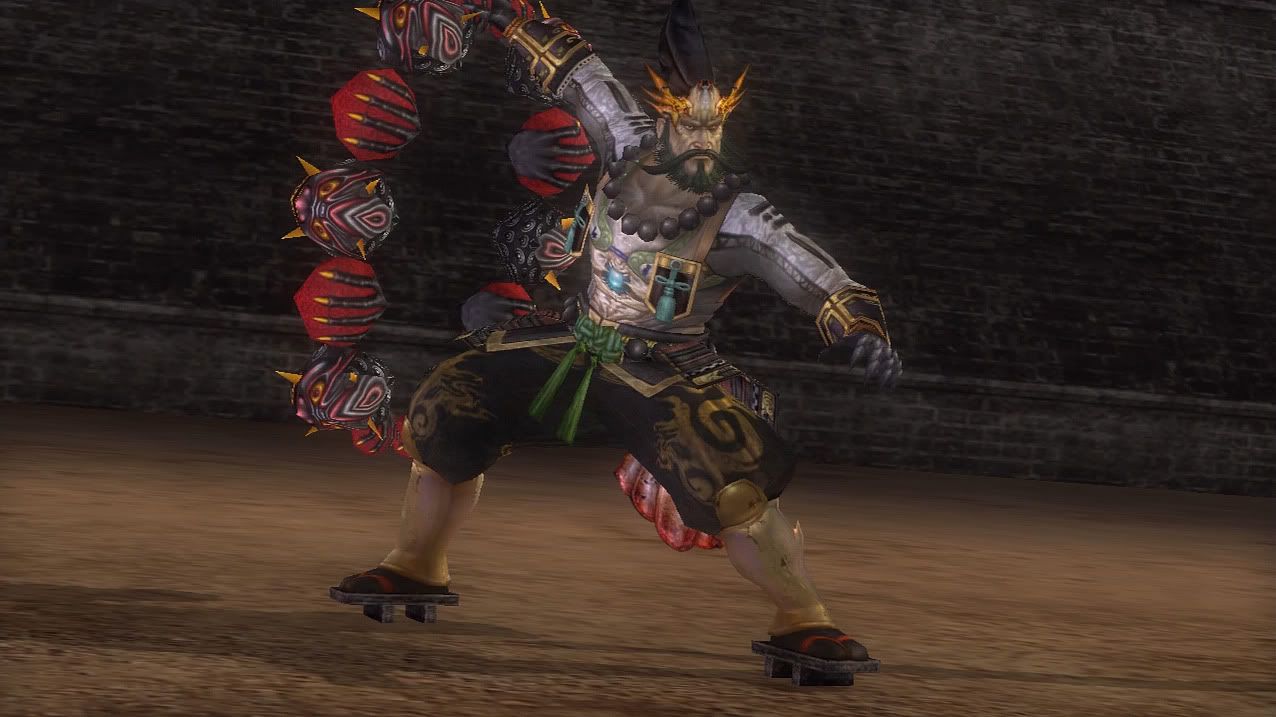

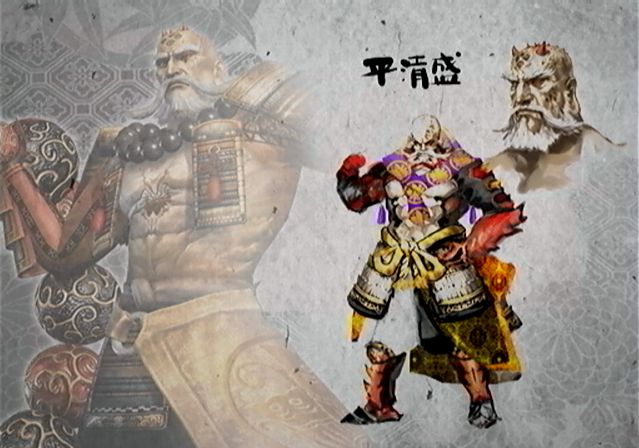
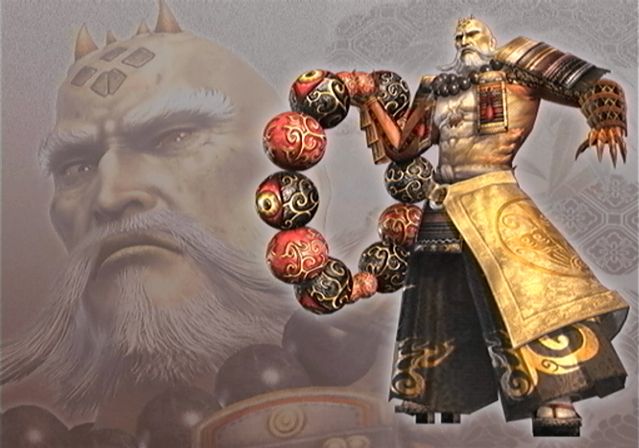

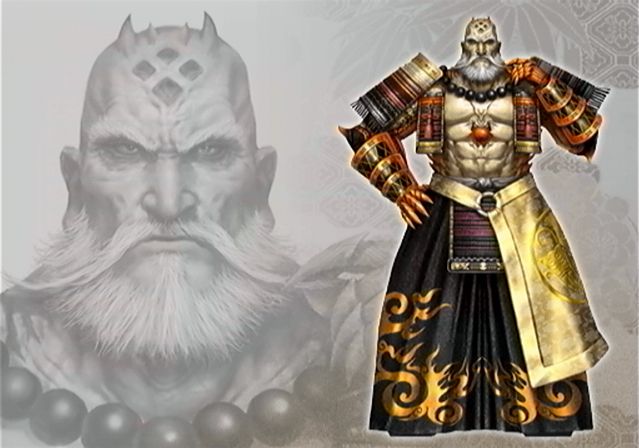
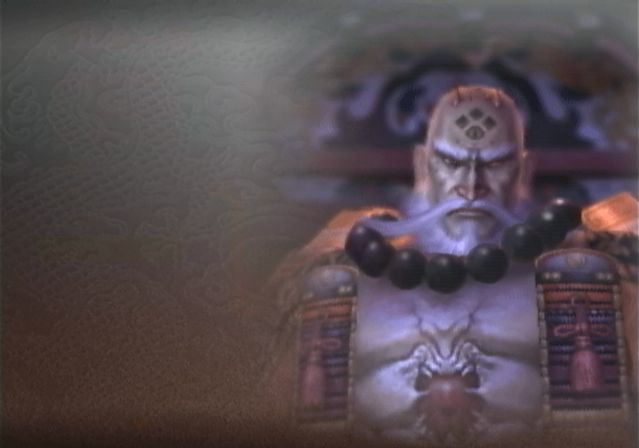

Comments
View All Comments
Then you know.
:/